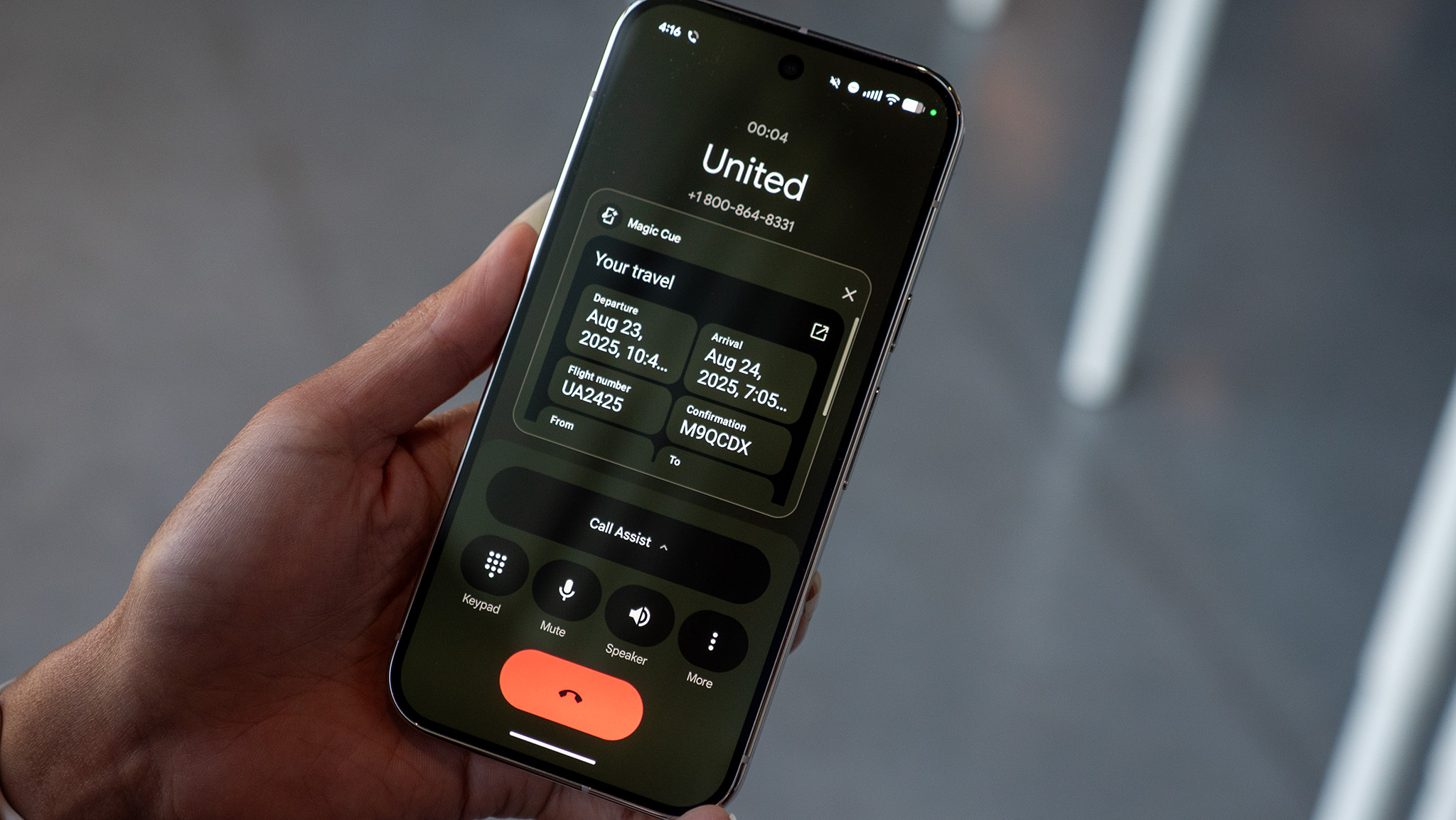Some Android tablets will now use desktop mode by default in Chrome
It requires at least a 10-inch display and 8GB of RAM.

What you need to know
- Google Chrome will now display websites in desktop mode by default on "premium tablets."
- Google identifies a premium tablet as one with at least a 10-inch display and 8GB of RAM.
- Previously, users had to manually enable desktop mode in Chrome, and the result was limited to a 980px viewport.
The best Android tablets will now load websites in desktop mode in Google Chrome, finally taking advantage of the devices' better performance and capable specs. The change was announced in a blog post (via 9to5Google), with Google instructing web developers to make sure their sites work well on tablets. Though it has been possible to force load websites in desktop mode on Android tablets before, a few limitations have been resolved with this update.
Desktop mode will be the default on what Google calls "premium tablets." These devices must have a 10-inch display and 8GB of RAM to load sites in desktop mode. The size requirement is there so that websites won't appear cluttered on small displays, and the memory requirement is so that Chrome can load desktop sites properly.
Some tablets that meet these requirements include Google's own Pixel Tablet, the OnePlus Pad, and the Galaxy Tab S9 series. Older devices might meet the "premium" threshold as well since the Galaxy Tab S8's 11-inch display and 8GB of RAM qualifies. Even an upgraded Galaxy Tab S7 (with at least 256GB of storage) will sport desktop mode in Chrome by default.
The big change is that Chrome on these tablets will use a desktop User-Agent, allowing for a scaled viewport. Previously, Chrome used a fixed viewport of 980px on mobile devices, including tablets. Now, Google says that Chrome can use a viewport that matches the width of the Android tablet you're using to browse the web.
This addition is a notable improvement, even upon the old way of forcing the desktop versions of sites to load. When manually requesting a desktop site in Chrome in past versions, the fixed viewport of 980px still applied, which caused issues for some sites. Now, you can do the reverse and manually request the mobile version of a site instead.
Native desktop sites could, by default, put these great Android tablets in a better position to compete with iPads. Apple has shipped iPadOS with the ability to load desktop sites by default for years now, identifying modern iPads the same way that a Mac would appear. This is similar to what Google is doing, identifying select tablets as X11; Linux x86_64 instead of Linux; Android 10; K.
If users don't like the change, they can revert to a mobile site individually or create site exemptions once and for all.
Get the latest news from Android Central, your trusted companion in the world of Android

Brady is a tech journalist for Android Central, with a focus on news, phones, tablets, audio, wearables, and software. He has spent the last three years reporting and commenting on all things related to consumer technology for various publications. Brady graduated from St. John's University with a bachelor's degree in journalism. His work has been published in XDA, Android Police, Tech Advisor, iMore, Screen Rant, and Android Headlines. When he isn't experimenting with the latest tech, you can find Brady running or watching Big East basketball.
